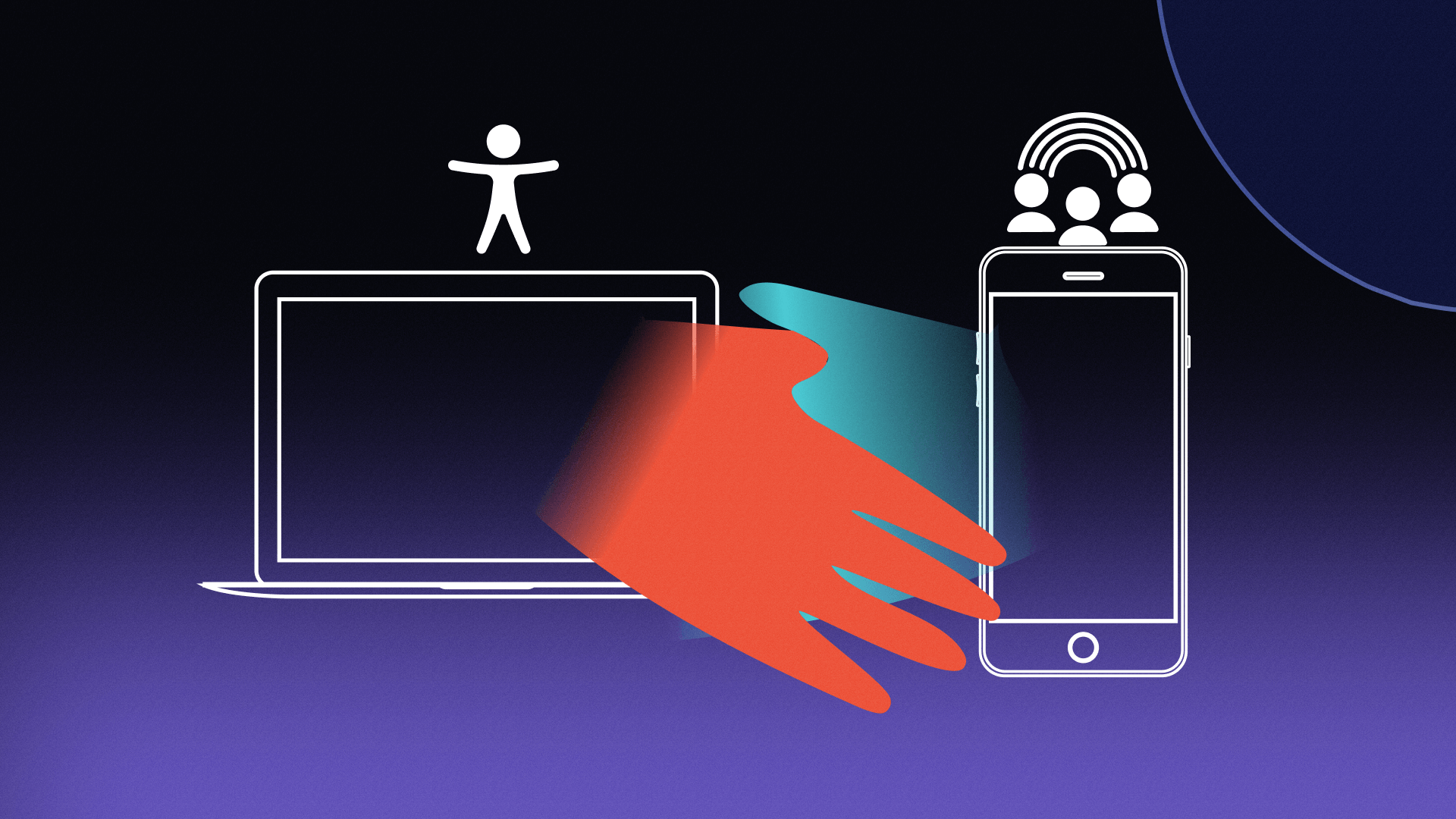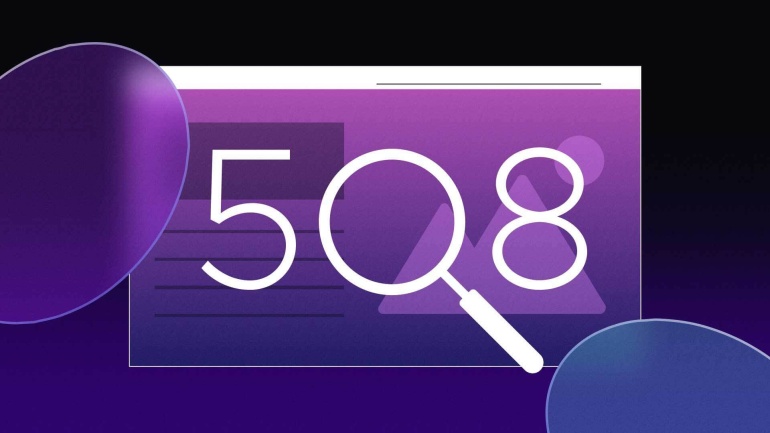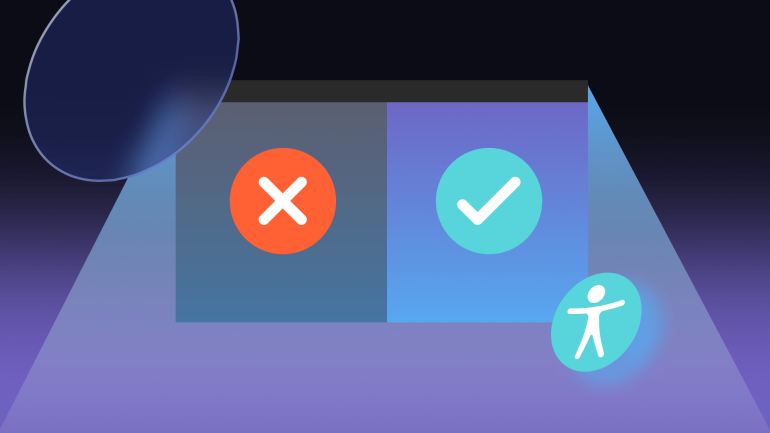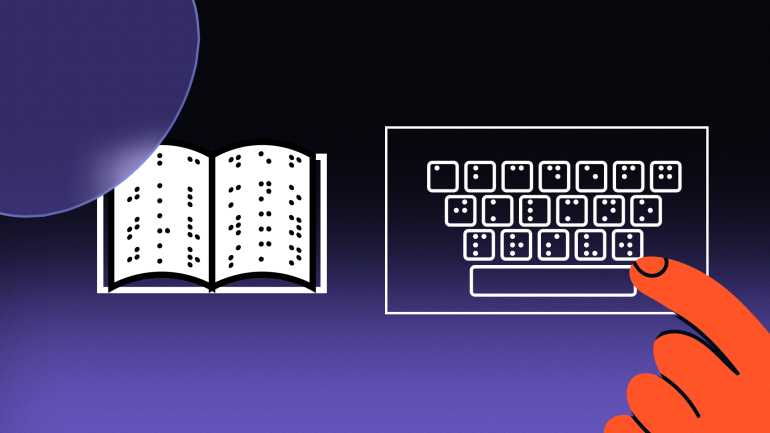The internet, or the “world wide web,” was created to be a place for universal connection for information and communication regardless of location, demographic, or status. Thus, even since its early years, the project now known as the internet is intimately connected to concepts such as digital inclusion and web accessibility.
Now, as the internet has become essential in nearly every aspect of life, and even more so due to the COVID-19 pandemic, inclusion and accessibility have never been more important to ensure equal opportunity and access to quality-of-life resources.
What is Digital Inclusion?
The measures required to break down the “digital divide” by providing equal access to digital resources for quality of life, economic advancement, health, and social services are known as “digital inclusion.” This can include the availability of affordable and reliable broadband, access to internet-connectable devices, and digital literacy training.
As large swathes of medical, academic, and career opportunities become more intertwined with digital components, the availability of adequate internet access is quickly becoming a key indicator of someone’s health, education, and economic status.
What is Web Accessibility?
Web accessibility is the design practice aimed at ensuring equal access to online spaces for people with physical and neurological disabilities. This is done by ensuring that websites are free of any barriers which prevent someone with a disability — visual, motor, auditory, seizures, or cognitive — from accessing and consuming content. It also entails providing additional assistive features and abiding by specific design practices when publishing web resources.
A barrier could be using color as the only identifier in an interactive element on your website, such as a form field that only turns red if left unfilled. This would be difficult, if not impossible, for someone with color blindness to figure out when attempting to navigate a website, as they may not be able to easily distinguish red from other colors. Accessibility best practices call for these kinds of features to include either alert icons or text notices, which someone with color insensitivity can perceive.
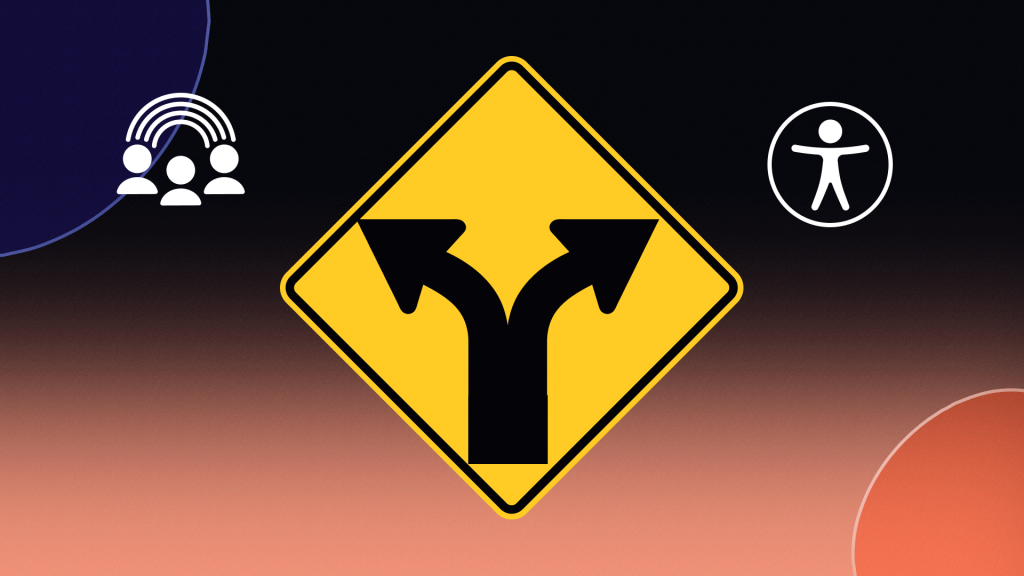
The Intersection of Inclusion and Accessibility
Web accessibility falls within the broader concept of inclusion, meaning digital inclusivity and accessibility go hand-in-hand. Because a “digital divide” is created when web resources are not compliant with accessibility guidelines, the lack of web accessibility presents a breach in digital inclusion for the disabled community, ultimately limiting them from quality-of-life resources.
The Americans with Disabilities Act
The Americans with Disabilities Act of 1990 (ADA) was established to protect civil rights and equal treatment of people with disabilities, and the ADA’s Title III mandates that places of public accommodation provide equal and alternative means of access.
The U.S. Department of Justice (DOJ), which is required by the ADA to draft related regulations and provide technical accessibility assistance to businesses, views the lack of web accessibility as discriminatory and a violation of the ADA..
For physical establishments, this means building ramps and elevators wherever steps and stairs are required for entry or navigation. To ensure these kinds of inclusion measures are met, the DOJ has published the ADA Standards for Accessible Design regulations, last updated in 2010, which dictate the exact specifications, clearance measurements, angles, and features that must be included in new construction and renovations. The 2010 Standards also require removal of accessibility barriers if it can be easily done without much expense.
Web Content Accessibility Guidelines
Experts view the Web Content Accessibility Guidelines (WCAG) published by the World Wide Web Consortium (W3C) as the digital equivalent to the ADA Standards for Accessible Design. However, the DOJ has not explicitly codified them as such.
WCAG are a comprehensive manual of success criteria considered “the gold standard” of web accessibility design. It provides a grading scale for progressive levels of accessibility based on a website’s adherence to its guidelines. WCAG requires things like text equivalents, or “alt text,” for video and images as well as specific contrast luminance ratio standards for text and background color.
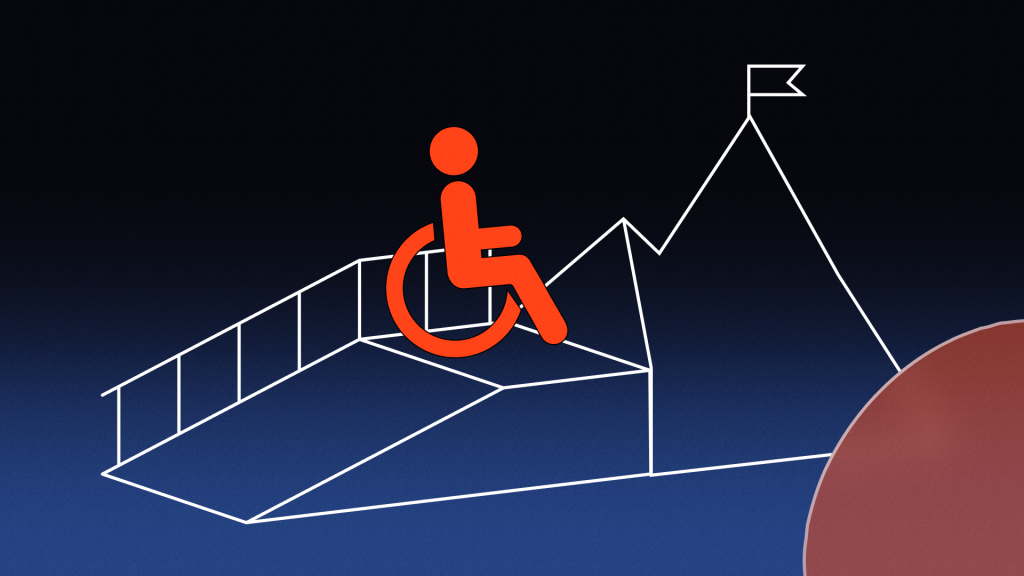
Steps (or Ramps) to Greater Inclusive Accessibility
The saying goes, “You don’t know what you don’t know.” Greater inclusive accessibility begins with detecting barriers that may be present on your organization’s website. This can be easily done through an online web accessibility scanner tool, which can quickly examine a website’s code and detect explicit WCAG violations. These tools typically only require someone to submit a URL.
However, these tools often cannot detect every violation as WCAG standards require qualitative and meaningful elements. These scanner tools also don’t help the main issue — fixing the barriers they find. The next step in an organization’s disability inclusion plan should be beginning to remediate these violations.
Exploring and choosing a solution is the next step. Because of the complexity and technical knowledge required for inclusive accessibility, demand for web accessibility solutions has created an entire industry dedicated to providing expert development services and consultation on the subject. Artificial intelligence and machine learning are also increasingly being looked to in order to ensure inclusion and accessibility.
The Benefits of Inclusivity & Accessibility
The benefits of creating web content that is accessible and thus inclusive speak for themselves. When websites are accessible, people with disabilities are not further disenfranchised by the lack of opportunity or access to accommodations enjoyed by the average citizen. While many people may not be familiar with disabilities and understand the challenges in participating in society because of them, it is only a matter of time before they do.
According to the CDC, 1 in 4 Americans has a disability of some varying degree, with a large majority of these disabilities being related to age. The chances are substantial that you will have someone important in your life who is disabled or becomes so and will need the accommodations we’ve discussed in this post. The odds are even greater that you personally will experience some of these disabilities as you grow older.
The Benefits of Inclusivity & Accessibility
Accessibility practices are implemented to the advantage of disabled users while not limiting or affecting the website’s usability for anyone else. In fact, web accessibility features ultimately benefit everyone, including the business or organization that owns the website.
The main benefit for business owners is the wider market reach. More than 1 billion people worldwide are estimated to have a disability, many of which will inherently impact their ability to use web resources. Creating an accessible website means lowering the barrier of entry to your business website for countless potential customers. Websites that implement and meet WCAG principles have also enhanced their position in search engine rank results.
Commit to Inclusion & Accessibility
The topic of web accessibility can cause anxiety for business owners who already struggle with limited time and resources. Perhaps your website has grown to the point where improvements in inclusion and accessibility would require a substantial investment. But inclusion is a journey that everyone is on, and yours begins by taking the first step.
